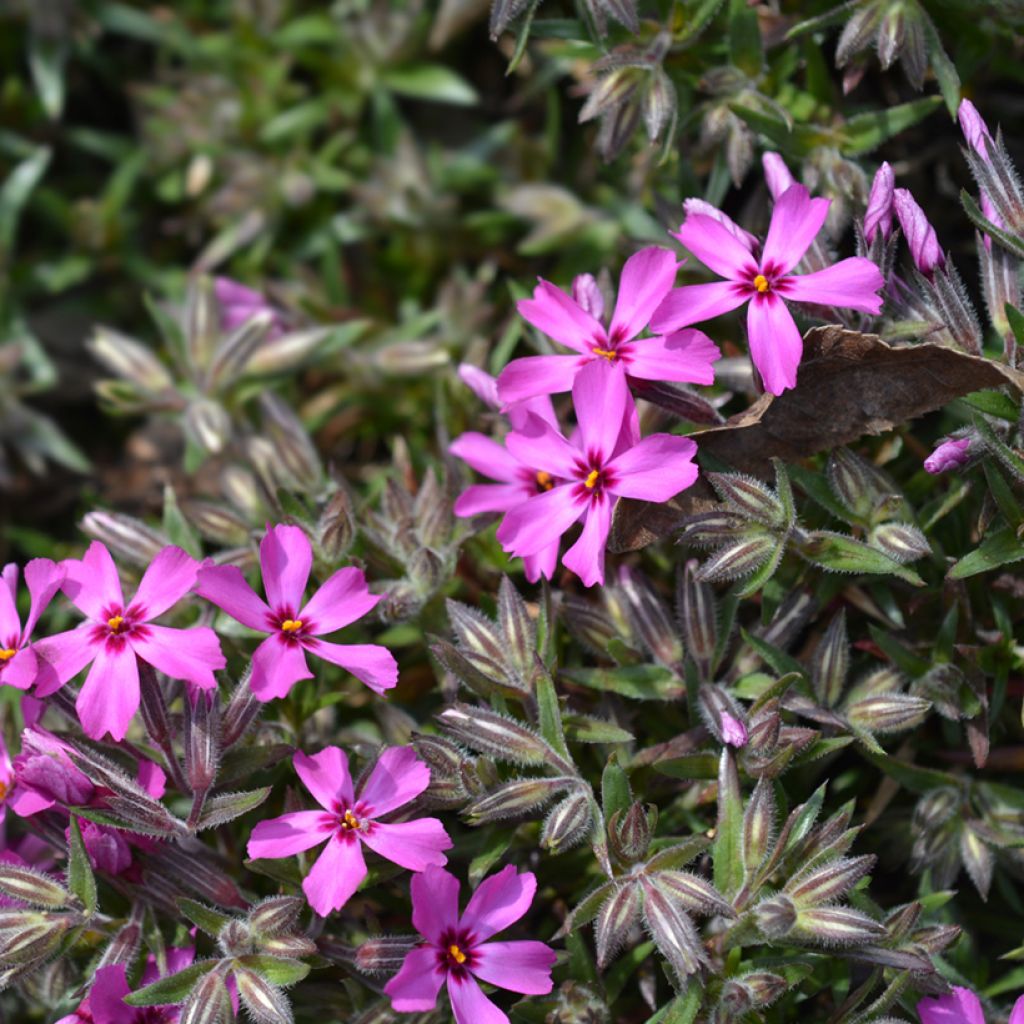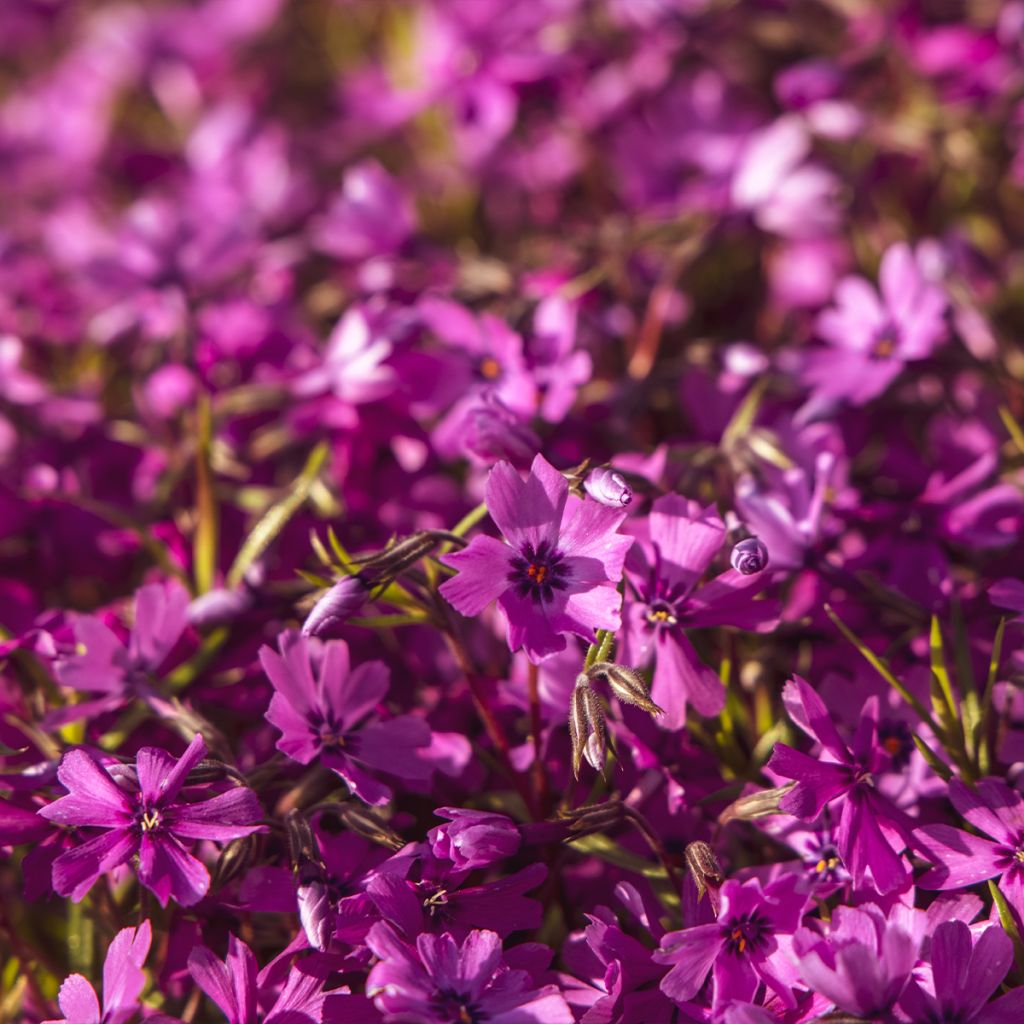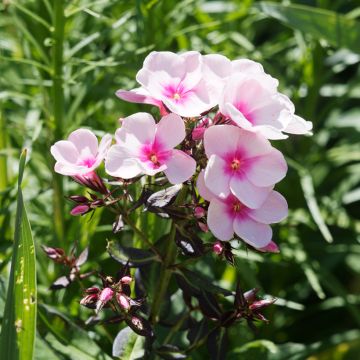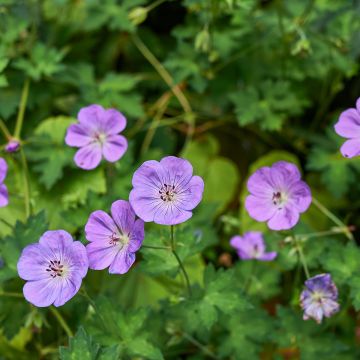

Phlox subulata Atropurpurea


Phlox subulata Atropurpurea


Phlox subulata Atropurpurea


Phlox subulata Atropurpurea


Phlox subulata Atropurpurea
Phlox subulata Atropurpurea
Phlox subulata Atropurpurea
Moss Phlox, Creeping Phlox, Mountain Phlox, Dwarf Phlox
This item cannot be shipped to the selected country
Delivery charge from €6.90
Delivery charge from €6.90
More information
Delivery charge from €6.90
Delivery charge from €6.90
More information
Schedule delivery date,
and select date in basket
This plant carries a 12 months recovery warranty
More information
We guarantee the quality of our plants for a full growing cycle, and will replace at our expense any plant that fails to recover under normal climatic and planting conditions.
From €7.90 for pickup delivery and €6.90 for home delivery
Express home delivery from €8.90.
From €7.90 for pickup delivery and €6.90 for home delivery
Express home delivery from €8.90.

Does this plant fit my garden?
Set up your Plantfit profile →
Description
Phlox subulata 'Atropurpurea', is a variety of moss phlox with flower of a deep pink shade enhanced with purple at the centre. This small creeping and evergreen perennial disappears from late spring to early summer under an abundance of star-shaped flowers. It grows rapidly and appreciates well-drained, rather dry soils, even limestone, in full sun or partial shade. When not in bloom, it remains attractive, forming beautiful dark green cushions with fine foliage in borders and on walls.
Phlox subulata, also known as moss phlox, belongs to the Polemoniaceae family. This alpine perennial is native to the central and eastern United States. The 'Atropurpurea' form develops into a compact cushion resembling moss, 10 to 15 cm (4 to 6in) in height. This plant can spread on the ground over at least 50 cm (20in) in diameter through creeping stems that root when in contact with the soil. The flowering, which is very abundant, occurs from May to June, sometimes as early as April depending on climatic conditions, before the arrival of high temperatures and summer drought. The plant is then covered with thousands of small flowers with 5 petals, 2 to 3 cm (1in) in diameter. Their colour is a deep pink, with the small purple centre. The foliage, dense and evergreen in winter, consists of tiny linear leaves, resembling larch needles.
Phlox subulata 'Atropurpurea' is primarily a rock plant. Once well established, it withstands drought quite well. Plant it in groups, along with other pink or white varieties, as well as other perennials or alpines for rock gardens such as Teucrium, aubrietas, thymes, candytuft, Sedum spurium, or even Silene maritima. Its compact growth also allows it to be grown in pots.
Phlox subulata Atropurpurea in pictures






Flowering
Foliage
Plant habit
Botanical data
Phlox
subulata
Atropurpurea
Polemoniaceae
Moss Phlox, Creeping Phlox, Mountain Phlox, Dwarf Phlox
Cultivar or hybrid
Other Phlox
View all →Planting and care
Phlox subulata Atropurpurea likes light, well-drained, dry to moist soils, fairly fertile even though it also adapts to poor soil. In wet regions, it is preferable to cultivate it on a sloping terrain, in a rock garden, or on top of a flowered wall, in sandy, gravelly soil, even with a tendency to be calcareous. We have noticed that this phlox dislikes scorching sun even more than P. douglasii; it is preferable to place it in a semi-shaded area. It tolerates drought fairly well once established.
Planting period
Intended location
Care
Similar products
Haven't found what you were looking for?
Hardiness is the lowest winter temperature a plant can endure without suffering serious damage or even dying. However, hardiness is affected by location (a sheltered area, such as a patio), protection (winter cover) and soil type (hardiness is improved by well-drained soil).

Photo Sharing Terms & Conditions
In order to encourage gardeners to interact and share their experiences, Promesse de fleurs offers various media enabling content to be uploaded onto its Site - in particular via the ‘Photo sharing’ module.
The User agrees to refrain from:
- Posting any content that is illegal, prejudicial, insulting, racist, inciteful to hatred, revisionist, contrary to public decency, that infringes on privacy or on the privacy rights of third parties, in particular the publicity rights of persons and goods, intellectual property rights, or the right to privacy.
- Submitting content on behalf of a third party;
- Impersonate the identity of a third party and/or publish any personal information about a third party;
In general, the User undertakes to refrain from any unethical behaviour.
All Content (in particular text, comments, files, images, photos, videos, creative works, etc.), which may be subject to property or intellectual property rights, image or other private rights, shall remain the property of the User, subject to the limited rights granted by the terms of the licence granted by Promesse de fleurs as stated below. Users are at liberty to publish or not to publish such Content on the Site, notably via the ‘Photo Sharing’ facility, and accept that this Content shall be made public and freely accessible, notably on the Internet.
Users further acknowledge, undertake to have ,and guarantee that they hold all necessary rights and permissions to publish such material on the Site, in particular with regard to the legislation in force pertaining to any privacy, property, intellectual property, image, or contractual rights, or rights of any other nature. By publishing such Content on the Site, Users acknowledge accepting full liability as publishers of the Content within the meaning of the law, and grant Promesse de fleurs, free of charge, an inclusive, worldwide licence for the said Content for the entire duration of its publication, including all reproduction, representation, up/downloading, displaying, performing, transmission, and storage rights.
Users also grant permission for their name to be linked to the Content and accept that this link may not always be made available.
By engaging in posting material, Users consent to their Content becoming automatically accessible on the Internet, in particular on other sites and/or blogs and/or web pages of the Promesse de fleurs site, including in particular social pages and the Promesse de fleurs catalogue.
Users may secure the removal of entrusted content free of charge by issuing a simple request via our contact form.





















































